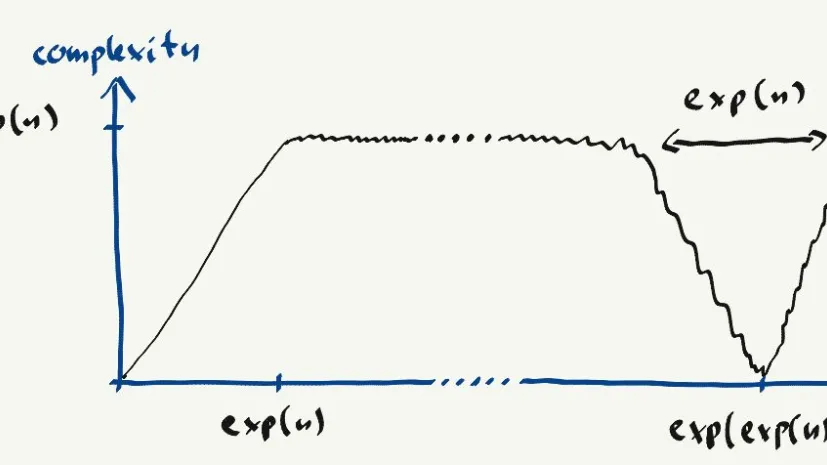
How complexity of some quantum systems grows and then decreases
Researchers led by Michał Oszmaniec, PhD, from the Center for Theoretical Physics of the Polish Academy of Sciences have provided evidence of how the complexity of some chaotic quantum systems changes over time. They expect that their research may help us better understand what happens in black holes and wormholes.
-
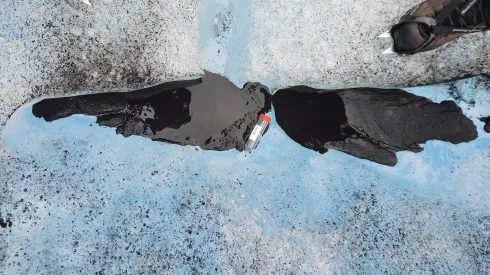
Radioactive plutonium will not hide. Scientists find it even on glaciers
Radioactive plutonium is released into the environment as a result of nuclear weapons tests, satellite failures and nuclear power plant accidents. Traces are relatively easy to find in sediments accumulating on glaciers. Research on plutonium traces was conducted in the northern and southern hemispheres by scientists from the Institute of Nuclear Physics of the Polish Academy of Sciences.
-
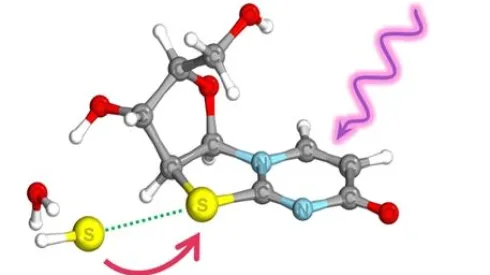
Polish scientists describe new type of chemical reaction in formation of DNA building blocks
Quantum chemists from the Wrocław University of Science and Technology have described the principles of a completely new class of chemical reactions. It was discovered during research on the formation of DNA building blocks from compounds present in the environment. In these reactions, chemical processes activated by UV radiation and the so-called chemistry of weak chalcogen interactions meet for the first time.
-
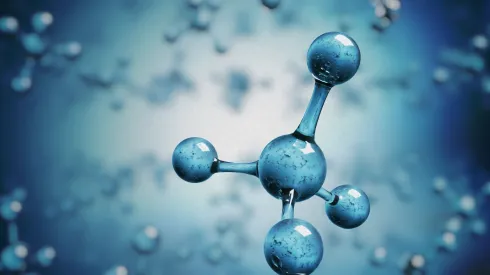
Sunny way to convert 'trivial' methane into more valuable ethane
Methane, the main component of natural gas, is a major environmental concern due to its role as a potent greenhouse gas.
-
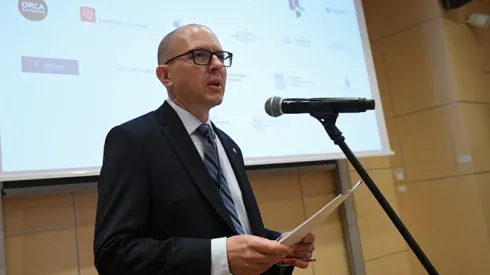
Poland’s Quantum Leap: A Golden Opportunity We Can’t Afford to Miss
Poland is home to numerous world-class research teams specializing in quantum technologies, placing the country at a critical juncture in the global race to commercialize these groundbreaking innovations.
-
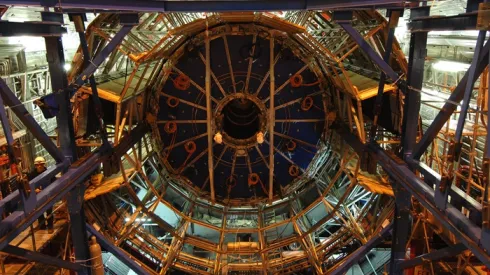
Boson to boson: What if two divine particles collided?
As far as we know, there are four forces in physics that set the world in motion: the strong nuclear interaction, the electromagnetic interaction, the weak nuclear interaction, and the gravitational interaction. The Standard Model perfectly describes the interactions between the first three.
-
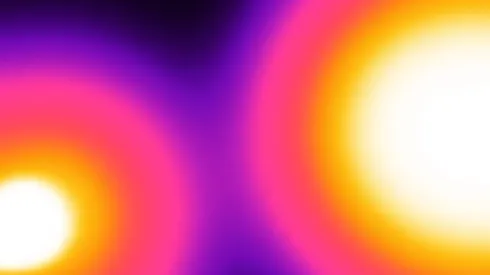
When and how we see infrared: Researchers describe brightness of seeing 'invisible' photons
There are situations in which the human eye captures normally invisible infrared radiation. Scientists from Warsaw's ICTER have developed a method for assessing the brightness obtained in this so-called two-photon vision. In their opinion, this opens up new perspectives for ophthalmological diagnostics and virtual reality.
-

Monogamy is not fundamental feature of quantum physics, Polish researchers find
Monogamy is not a fundamental feature of nature at all - at least not when it comes to quantum non-locality, shows Polish research published in the prestigious PNAS. Apart from being a huge surprise for physicists, these results have significant consequences for communication, security and testing of quantum networks.
-

Dance of matter and antimatter. New Polish idea for tomography biomarker
Annihilation (mutual destruction of matter and antimatter) has long been used in PET scanners. Now an interdisciplinary team from Poland has developed a lightweight and cheap new-generation tomography scanner - J-PET, which measures the rate of this annihilation in various tissues. This new biomarker makes it possible to create brain maps with completely new information, e.g. about glioma.
-
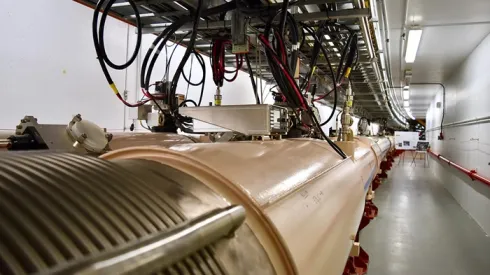
Physicists produce heaviest exotic antimatter nucleus to date - antihyperhydrogen-4
An antimatter hypernucleus consisting of four aniparticles has been detected at the American RHIC (Relativistic Heavy Ion Collider). Antihyperhydrogen-4 is the heaviest exotic nuclear structure in the world of antimatter discovered so far. Polish scientists also participated in the STAR experiment.












